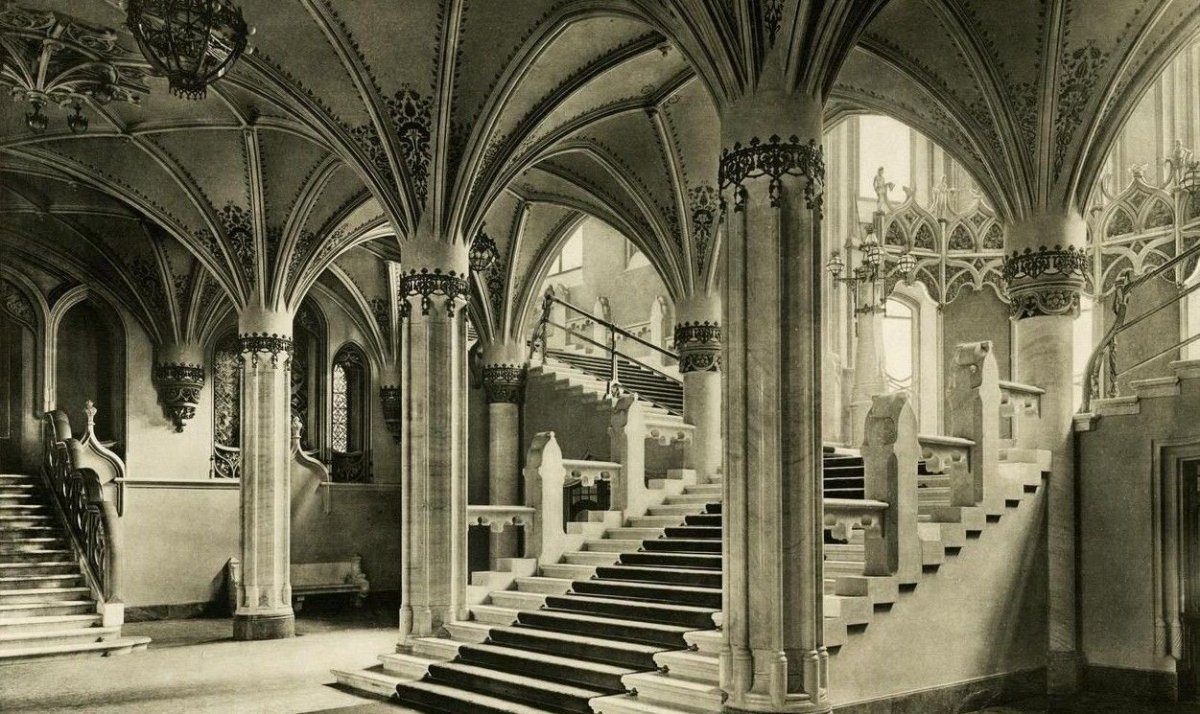The history of arcade gaming is a remarkable story of cultural phenomenon, dramatic decline, and unexpected resurgence. From the flashing lights and distinctive sounds that defined a generation to the innovative modern venues reimagining the arcade experience, these gaming spaces have demonstrated remarkable resilience in the face of technological change.
The Golden Age (1978-1983)
The late 1970s and early 1980s marked the “Golden Age” of arcade gaming, a period of unprecedented innovation and commercial success.
In 1978, Taito’s Space Invaders revolutionized the industry, introducing the concept of high scores and creating a nationwide coin shortage in Japan due to its immense popularity. Namco’s Pac-Man (1980) transcended gaming to become a pop culture icon, while games like Donkey Kong (1981) introduced storytelling elements and platforming mechanics that would influence gaming for decades.
During this era, arcades became social hubs, particularly for young people. The distinct visual and audio aesthetics of arcade cabinets—flashing lights, distinctive sounds, and colorful artwork—created an immersive atmosphere that couldn’t be replicated at home. Revenue from arcades in the United States reached $8 billion in 1982, surpassing both pop music ($4 billion) and Hollywood films ($3 billion).
The Decline (Mid-1980s to 1990s)
The North American video game crash of 1983 marked the beginning of a gradual decline for arcade gaming. Several factors contributed to this downturn:
- Market saturation with too many arcade machines and games
- Competition from increasingly powerful home consoles and personal computers
- The perception of arcades as havens for delinquent behavior, leading to increased regulation
- Rising costs of arcade operation versus diminishing returns
The arcade industry didn’t collapse entirely but entered a period of contraction. Japanese companies like Sega, Namco, and Capcom kept the industry alive with innovative titles, particularly fighting games like Street Fighter II (1991) and racing games with specialized cabinets.
The Dark Ages (Late 1990s to 2000s)
The late 1990s and 2000s represented perhaps the lowest point for traditional arcades in Western markets. Home consoles had evolved to offer experiences that matched or exceeded what was available in arcades. The PlayStation, Xbox, and later generations offered graphics and gameplay that made the trip to an arcade seem unnecessary for many gamers.
Surviving arcades often pivoted toward redemption games (which award tickets or prizes) or specialized experiences that couldn’t be replicated at home, such as dance games, light gun shooters with custom hardware, or racing games with full-sized cockpits.
The Revival (2010s to Present)
Against all odds, the 2010s witnessed the beginnings of an arcade renaissance, driven by several key factors:
Nostalgia and Retro Gaming
The generation that grew up during the Golden Age of arcades now had disposable income and a strong sense of nostalgia. This fueled interest in preserving arcade culture and reviving the social experience of arcade gaming. Organizations like the Museum of the Game and individual collectors worked to preserve original machines.
Barcades and Social Gaming
The “barcade” concept—combining craft beers with classic arcade games—emerged as a successful business model. Establishments like Barcade in Brooklyn (founded in 2004) and Ground Kontrol in Portland demonstrated that adults were willing to pay for the unique social experience of arcade gaming in a contemporary setting.
New Business Models
Modern arcade businesses evolved beyond the traditional coin-op model. Many establishments now use card systems, flat entry fees, or free-play models alongside food and beverage sales. This shift reduced the pressure to extract maximum value from each individual game and created more player-friendly experiences.
Modern Arcade Innovations
Today’s arcade scene represents a fascinating blend of nostalgia and cutting-edge technology:
Experience-Driven Attractions
Companies like Dave & Buster’s and Round One have succeeded by offering high-end arcade experiences that can’t be replicated at home. Virtual reality attractions, motion simulators, and physically immersive games provide experiences beyond what’s possible with home gaming systems.
Japanese Innovation
Japan’s arcade scene never experienced the same decline as Western markets and continues to innovate. Companies like Sega and Bandai Namco release sophisticated arcade machines featuring networked play, personalized save data via cards or mobile apps, and theatrical cabinets that create spectacles for both players and observers.
Independent Developers
A new wave of independent developers is creating modern games specifically for arcade cabinets. Events like the California Extreme arcade expo showcase these indie creations alongside classic machines, demonstrating that arcade game development remains a viable niche.
Custom Arcade Builders
The rise of affordable microcomputers like Pandora Box, Raspberry Pi, and Mini PCs has enabled a thriving community of arcade builders. Companies like Arcade1Up offer scaled-down versions of classic cabinets for home use. Companies like Electro Arcade offer a variety of in home arcade machines, while custom cabinet makers create bespoke machines for collectors and enthusiasts.
The Future of Arcades
As we look toward the future, several trends suggest arcade gaming will continue its renaissance:
- VR and AR Integration: As virtual and augmented reality technologies mature, they’re finding natural homes in arcade settings where specialized equipment can be maintained and updated centrally.
- Esports Venues: Some modern arcades are evolving into esports venues, hosting tournaments and offering high-end gaming setups that might be prohibitively expensive for individual players.
- Hybrid Experiences: The line between arcade games, escape rooms, and interactive art installations continues to blur, creating new forms of social entertainment centered around physical spaces.
- Cultural Preservation: Growing recognition of arcade gaming’s cultural significance has led to preservation efforts, museum exhibits, and academic study of arcade history and design.
Retro Gaming Today
The story of arcade machines is one of reinvention and resilience. Through their golden age, decline, and unexpected revival, arcade games have demonstrated remarkable staying power in the face of technological change.
Today’s arcade renaissance isn’t merely a nostalgic throwback but a vibrant reimagining of what arcade gaming can be. By combining the social magic of traditional arcades with contemporary technology and business models, the modern arcade scene has found a sustainable place in gaming culture—proving that sometimes, the most compelling gaming experiences still happen when we step away from our homes and into shared spaces designed for play.
What began as simple coin-operated amusements has evolved into a complex ecosystem of gaming experiences that continue to inspire and entertain new generations, ensuring that the distinct pleasure of arcade gaming will endure well into the future.





























